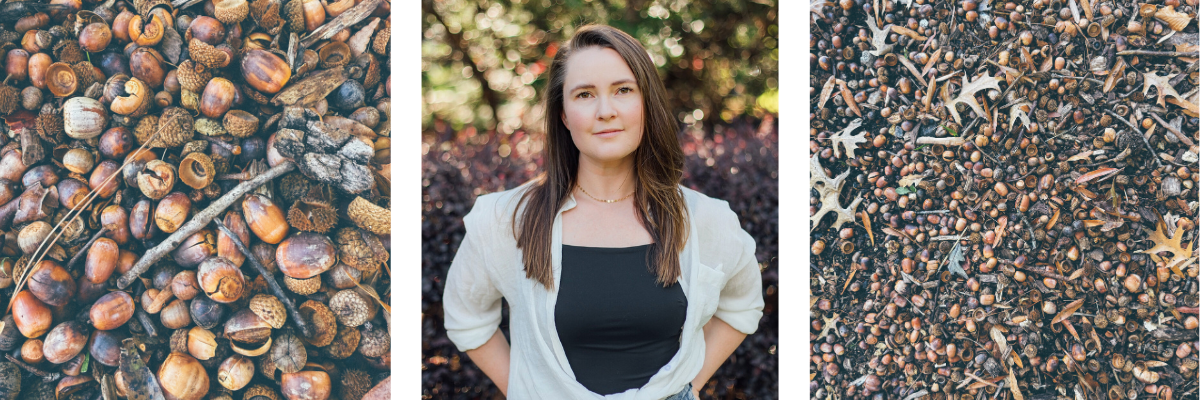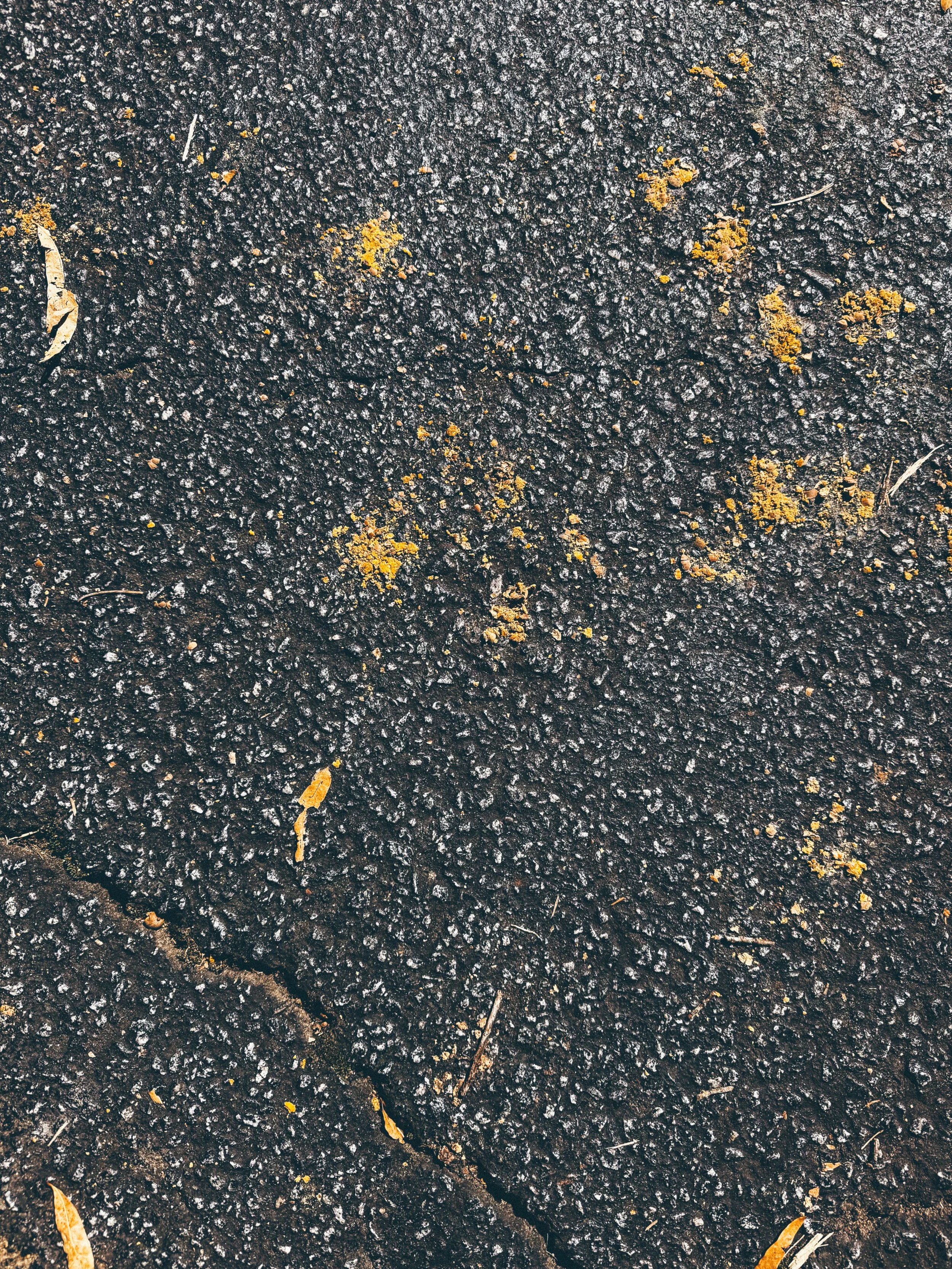Mast Years and Compost
Guest blog written by Lauren Cibene. Lauren’s writing has been featured in publications like The Christian Century and Baptist News Global. She released her debut memoir, Tiger in a Lifeboat: Discovering India, Deconstructing Faith, and Deciding to Trust Again, in May 2025. When she’s not in the garden, you can find her at Vinings Lake Church, where she is a member of the teaching team, as well as on Instagram and Substack.
This year will be a mast year. At least that’s what scientists are predicting. The thing about mast years is you can’t really know if you’re in one until it’s over. It’s only in looking back that you know.
Mast years are years when trees produce a bumper crop of fruit or nuts all at once. It’s a communal act; all the trees in a given species mast together. Somehow, they all know within themselves, “This year will be the year.” We still don’t fully understand it. But they know.
It certainly feels like a mast year to me as I maneuver my wheelbarrow full of finished compost across the parking lot toward the waiting garden beds. Post oak acorns pop and crunch under the wheel and with every single one of my steps. It’s satisfying. Each small explosion leaves a scattering of bright yellow acorn meat on the dark pavement.
Acorns are everywhere, each one chock-full of potential for new life: hiding in the garden beds, strewn atop the compost, piled up along the curb at the insistence of a leafblower. The sharp metallic plink, plink, plink as they meet the corrugated shed roof acts as my metronome while I refill beds exhausted after their summer sprint to produce tomatoes, beans, and peppers.
As a member of the Food Justice & Sustainability cohort at Emory’s Candler School of Theology, I’ve worked since August with the parishioners of St. Thomas Aquinas Catholic Church in their Giving Garden & Orchard. Catholicism is not a tradition I claim or have much experience with, but I admired Pope Francis and his thought leadership in sustainability. So when it came time to pick a place where I would complete volunteer hours, I wanted to learn from people who claimed him as theirs.
The Garden & Orchard is run by a small but dedicated team of (mostly) retirees who welcomed me and showed a genuine interest in my earthy approach to seminary. I was frequently asked questions like:
“You’re interested in preaching, so what are you doing digging in our compost pile?”
“Shouldn’t you be studying instead of spraying insecticidal soap on collard leaves?”
“What does food justice and sustainable agriculture have to do with seminary?”
Each of these questions is, to me, a feast. I could talk for hours about how food and land impact our spirituality; how our farming, grocery, cooking, and eating choices are all linked to it, and vice versa. But in the moments when my fellow gardeners posed these questions, both of us elbows deep in sweet potato vines or spattered with fresh compost, I botched my answers.
I stumbled and mumbled and, worst of all, got inexplicably choked up as I tried to explain the redemption story taking place in every silent, steaming compost pile. It was frustrating, this feeling that I couldn’t do the work justice with my words.
In his book Good Soil: The Education of an Accidental Farmhand, Jeff Chu tells the story of a mentor who says that a garden’s main crop is analogies, and that’s true. It’s hard to spend time in a garden and not engage in the kind of reverse-projection that will have you saying things like, “Right now, my spirituality is like a bean sprout…”
For me, though, the best place to find analogies isn’t in the garden. It’s in the compost pile. In the moments when I was frustrated at my inability to craft perfect answers or articulate the transformation of my own spirituality, I’d look at compost bin B. Specifically, bin B.
Our garden has three compost bins: A, B, and C.
Bin A is for fresh compost. It looks and smells a lot like garbage: a big pile of bean vines, autumn leaves, egg shells, coffee grounds, and moldy fruit.
Bin C (our finishing bin), in contrast, resembles soil almost exactly and smells like heaven.
But Bin B, our in-process bin, houses the messy in-between. Steaming and writhing with red wrigglers, it’s a window into my soul, my evolution as I am experiencing it: the breaking down of old beliefs and the person I once was. The squeamish would recoil and call this rot. But bin B says, “No, this is what rebirth looks like.”
It’s hard to explain everything that’s happening in Bin B at any given moment. Inside is a complex mix of processes operating at multiple levels, and just because I can’t articulate what’s happening in Bin B doesn’t change the fact that so much is happening. I can’t explain the what, how, and why behind tree masting, and that doesn’t mean the process isn’t unfolding in its own quiet urgency. In the same way, there are seasons and aspects of spiritual evolution that elude language.
I have to hope that the Abundant Goodness alchemizing waste into wealth in the compost pile and nurturing post oaks toward masting is also at work in me, transforming old things and nurturing a harvest that will mast in due time.
Having tidy answers is not always a virtue. Some things deserve the reverence of a wide-eyed, wonder-struck shrug.
This year, I think, will be a mast year not just for the trees but also for me. Of course, you can’t really know if you’re in a mast year until you’ve completed it.


